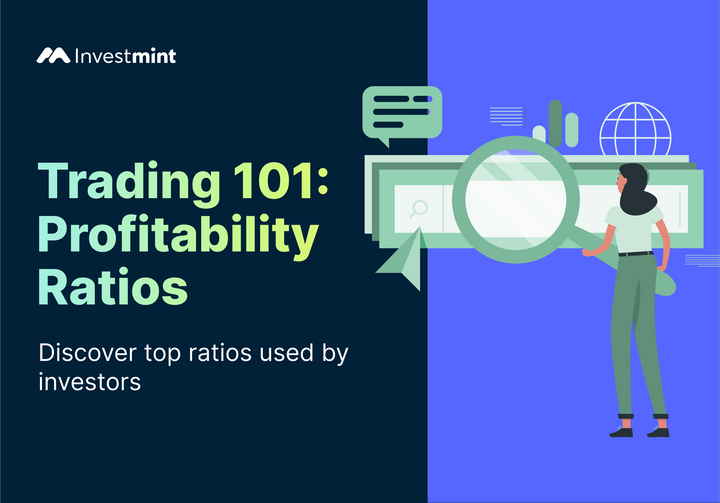What is Dollar-Cost Averaging (DCA)? Explained With Example
Dollar-Cost Averaging is a good entry point for investors who are new to the stock markets. Read more about the trading strategy here.

Are you tired of the constant stress and uncertainty that comes with trying to time the stock market?
Are you looking for a way to invest in the market without losing sleep over whether it's the right time to buy or sell?
Well, you are at the right place!
This blog will explain dollar-cost averaging and how it will help you solve the headaches of timing the market.
Introduction To Dollar Cost Averaging
Dollar-cost averaging (Dollar-cost averaging) is an investment strategy that aims to mitigate the risks of market volatility and smooth out the impact of price fluctuations over time.
This strategy is all about consistency and takes a long-term approach to investing. Instead of trying to time the market and making decisions based on short-term fluctuations, dollar-cost averaging encourages you to invest a fixed amount of money at regular intervals, regardless of market conditions.
DCA can be applied to various investment vehicles, such as stocks, bonds, or mutual funds. The key idea behind dollar-cost averaging is to spread out your investments over time, which helps mitigate market volatility's impact.
How Does Dollar Cost Averaging Work?
Dollar-cost averaging (DCA) works by investing a fixed amount of money at regular intervals, regardless of the current market price of the investment.
Let's look at an example to understand how DCA operates:
Imagine you decide to invest Rs.5000 every month in a debt mutual fund. Regardless of whether the market is up or down, you commit to investing this fixed amount regularly.
The price of the mutual fund fluctuates over time due to market conditions. Let's say in Month 1, the price per share is Rs.500; in Month 2, it drops to Rs.400; and in Month 3, it rises to Rs.550.
- In Month 1, with your Rs.5000, you can purchase 10 mutual fund shares at Rs.500 per share.
- In Month 2, when the price drops to Rs.400, your Rs.5000 now buys you 12.5 shares.
- In Month 3, the price per share jumps to Rs.550. Now, your Rs.5000 will only buy you 9.09 shares. While you're getting fewer shares, remember that you already acquired more shares when the price was lower.
The varying prices balance out as you consistently invest Rs.5000 each month. By buying more shares when the price is low and fewer shares when it's high, you can reduce the impact of market volatility on your overall investment.
Here lies dollar-cost averaging’s key benefits. Let's assume that after one year, the mutual fund's price has increased to Rs.600 per share. By consistently investing, you would have accumulated a significant number of shares at various prices. The average cost per share could be lower than the final price of Rs.600, potentially resulting in a gain on your investment.
Limitations Of Dollar Cost Averaging
- Potential Opportunity Cost: Dollar-cost averaging involves spreading investments over time, which means you may miss out on potential gains if the market experiences a significant and sustained upward trend.
- Inefficiency in Bull Markets : Dollar-cost averaging may underperform in prolonged bull markets where prices consistently rise, resulting in a higher average cost per share.
Is Dollar Cost Averaging A Good Strategy For You?
Dollar-cost averaging as a strategy, and its effectiveness depends on various factors such as the investment vehicle chosen, market conditions, and your financial goals.
If you're a beginner, risk-averse, or a long-term investor, dollar-cost averaging can be a great starting point.
However, it might not be a suitable strategy for you if you have a large amount of money to invest or a specific financial goal or deadline that requires a certain amount of money within a particular time frame.
The Takeaway
Now that you know the ins and outs of Dollar-cost averaging, you’re in a good position to take a call on whether to implement this strategy in your portfolio.
With this strategy, you don't need to be a fortune teller or a Wall Street wizard. Instead, you can embrace the simplicity of averaging in the stock market and let time work its magic.
While Dollar-cost averaging has limitations, it remains a popular choice for investors seeking a systematic and stress-free approach to building their investment portfolio.
Investing is a journey, and dollar-cost averaging can be a reliable compass, guiding you toward your financial goals.
Want to receive the next blog in your mail? Click on the 'subscribe' button and receive the next blog in your mail.



